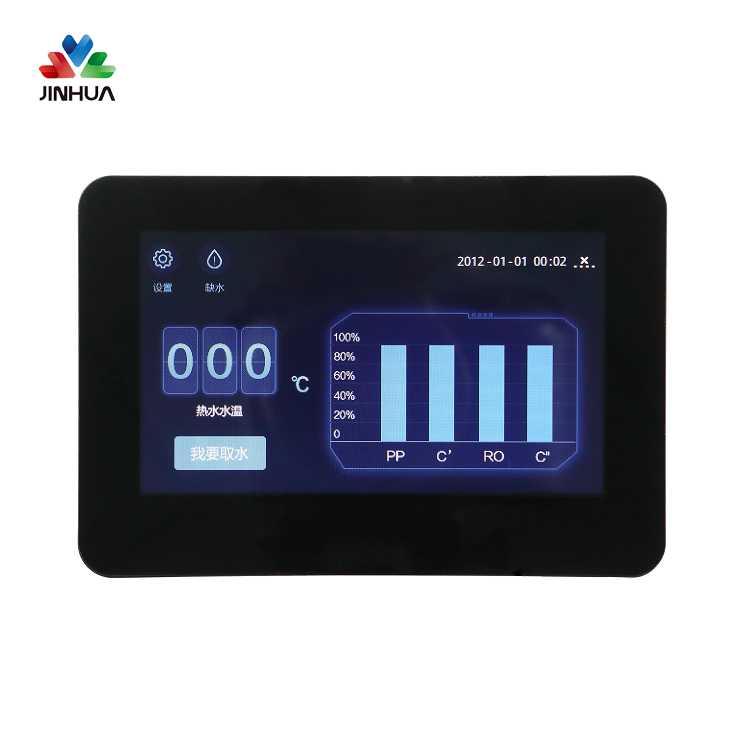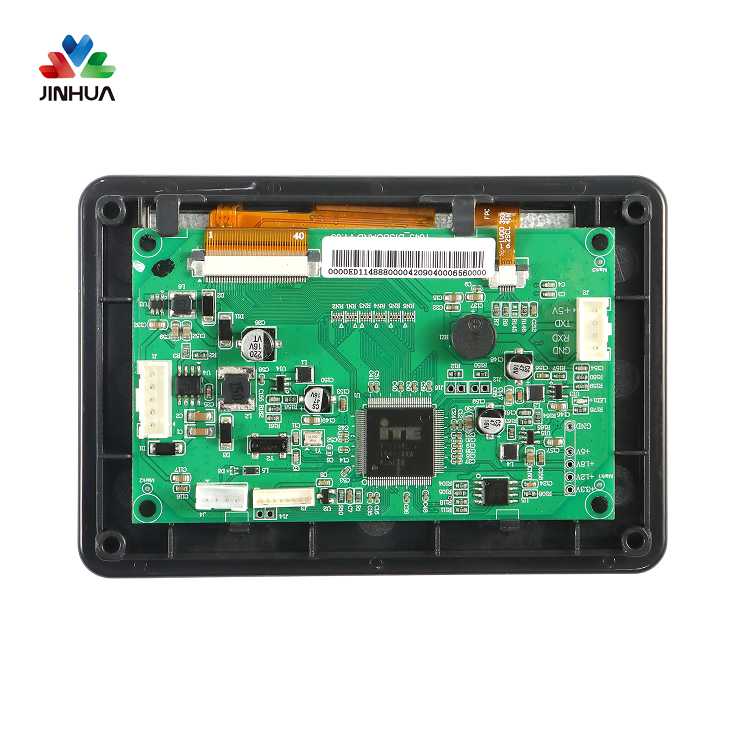Comparative analysis of digital LCD interface and analog LCD interface
Sep 07, 2023
4 Standardization help
A key advantage of TMDS is that it has been standardized by several research groups. The first is the Plug and Display (P&D) group of the Video Standards Association (UESA). The other two industry groups have also agreed to use TMDS. They are the Digital Plane (DFP) group led by Compaq and Intel and Compaq Digital Display Working Group (DDWG) led by, Fujitsu, Hewlett-Packard, IBM, NEC and Silicom Image. The project name registered by DDWG is Digital Visual Interface (DVI). The details of these interfaces are different, and there are differences in display in terms of the structure of the connector and whether it is calibrated by the monitor or the video card. However, they all rely on TMDS, so that these differences can be coordinated with each other using adapters in most cases. The current sign is that the flat panel display industry has widely adopted DVI as a digital interface. Dell has introduced flat-panel monitors and systems equipped with DVI. Its integrated video subsystem has a DVI port, although the subsystem also retains the RGB LCD display module three-primary-color analog interface for safety reasons. And one of the important changes is that TI includes a series of multiple chips in the Digital Visual Interface (DVI).
Another remarkable development of DVI is Intel's high-bandwidth digital content preservation (HDCP) solution. HDCP is committed to solving the problem that affects the interface between any video source and the display, that is, an unprotected interface allows pirates to transfer video resources (for example, from a DVD). In order to keep the DVI output information from being copied, HDCP provides encryption and confirmation procedures to verify that a certain display device can receive protected content. The design of the program maintains the quality of the image, and its operation is transparent to the user. With this kind of maintenance, you can consider using DVI as a TV set-top box, digital satellite receiver, high-definition TV (HDTV), and PC interface. The interface can initially support 4.9Gbit/sec video resources, far exceeding the requirements of HDTV, and HDTV requirements, and the dual-connection version of DVI up to 9.9Gbit/sec provides a huge bandwidth net space.






 English
English Deutsch
Deutsch русский
русский español
español العربية
العربية



 IPv6 network supported
IPv6 network supported
